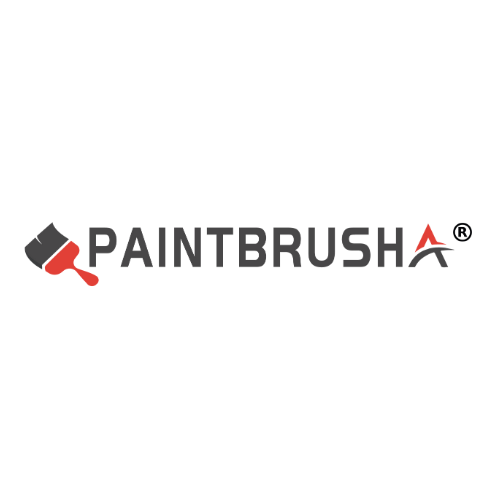In oil painting with brushes, choosing the right brush is of vital importance as it directly affects the outcome and experience of the painting. Here are some suggestions on how to choose the right brush:
First, consider the material of the brush’s hair
The commonly used hair materials for oil painting brushes include pig bristles, horse hair, nylon, and natural soft hairs (such as mink hair, Wolf hair, etc.).
Pig bristle brush: It has a relatively hard texture and is suitable for thick application and texture expression. It can firmly hold the paint and is ideal for large brushstrokes and thick lines in painting.
Horsehair brushes: Soft in texture, they are suitable for depicting delicate details and smooth brushstrokes, adding a sense of refinement to the picture.
Nylon brushes: Soft and durable, suitable for meticulous work and detailed depiction, while relatively affordable.
Natural soft-bristled brushes (such as mink hair and Wolf hair) : They have excellent elasticity and softness, making them suitable for delicate classical painting techniques and the expression of human skin texture, but they are relatively expensive.
Second, consider the shape and size of the strokes
The choice of brushstroke shape and size should be determined based on the content and style of the painting.
Round-tipped brush: Suitable for detailed depiction and filling small areas. With a round tip, it can create smooth lines and delicate brushstrokes.
Flat or angled brushes: Suitable for drawing straight lines, outlining edges and large areas of application, they can complete the painting work quickly and accurately.
Fan-shaped brush: Suitable for large areas of color block application and the creation of gradient effects, it can conveniently apply color blocks of different shapes.
Third, consider the comfort of the pen handle and the convenience of holding it
The material and shape of the pen handle have a significant impact on the painting experience and feel.
Wooden pen handle: Traditional and classic, comfortable to the touch, suitable for long-term holding.
Plastic or metal pen handles: Lightweight and durable, but may not be as comfortable as wooden pen handles.
Pen handle shape: Choosing a pen handle shape that suits your hand shape can enhance the accuracy and comfort of your drawing.
Fourth, consider the quality and durability of the paintbrush
Choosing high-quality brushes can ensure a longer lifespan and provide better control and expressiveness during the painting process.
High-quality hair: Choose brushes made of high-quality hair, which can maintain shape, water absorption and elasticity, and improve the painting effect.
Sturdy pen handle: Choose a sturdy and durable pen handle to prevent the brush from being damaged during use.
Fifth, choose based on personal preferences and painting styles
Every artist has their own unique preferences and styles, so when choosing a paintbrush, one should also consider their own painting needs and skills.
Beginners: You can choose affordable and easy-to-master brushes, such as pig bristle or nylon brushes.
Professional artists: They can choose more suitable brushes according to their own painting styles and needs, such as natural soft-bristled brushes or brushes with special shapes.
Sixth, trial use and comparison
Before purchasing a paintbrush, it’s best to try it out first to feel its texture and performance. You can compare different brands and types of brushes to find the one that suits you best.
Seventh, pay attention to the maintenance and upkeep of the paintbrush
After choosing the right brush, it is also necessary to pay attention to its maintenance and upkeep to extend its service life.
Timely cleaning: After use, brushes should be cleaned promptly to prevent the paint from drying out and damaging the bristles.
Proper storage: Brushes that are not used for a long time should be thoroughly cleaned and sealed with paper to prevent deformation or damage to the bristles.
